A ball is projected in vertical x–y plane from a car moving along horizontal x direction. The car is speeding up with constant acceleration. Which one of the following trajectory of the ball is not possible in the reference frame attached to the car? Give reason for your answer. Explain the condition in which other trajectories are possible. Consider origin at the point of projection.
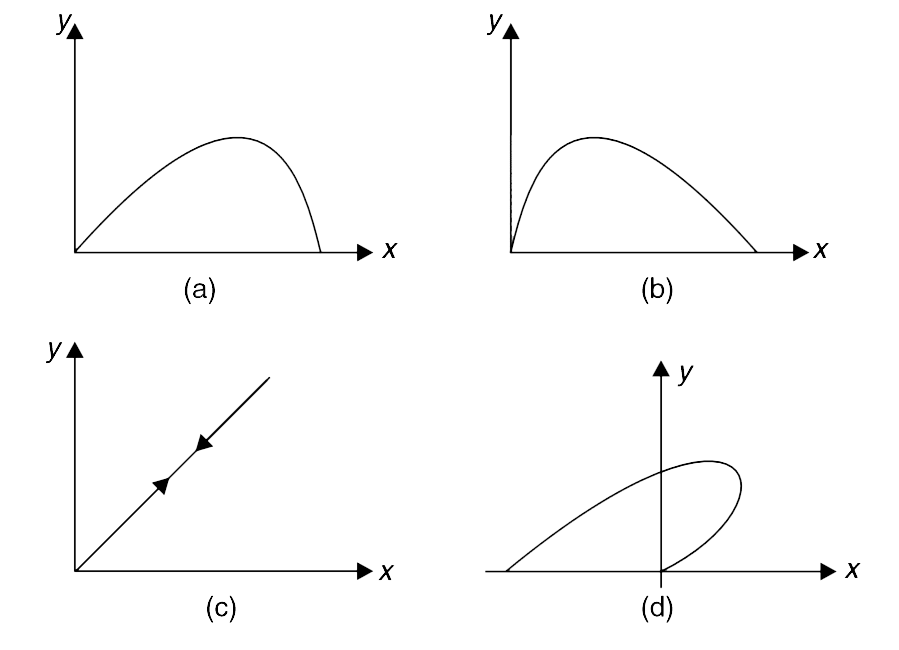
The correct Answer is:B
Step by step video, text & image solution for A ball is projected in vertical x–y plane from a car moving along horizontal x direction. The car is speeding up with constant acceleration. Which one of the following trajectory of the ball is not possible in the reference frame attached to the car? Give reason for your answer. Explain the condition in which other trajectories are possible. Consider origin at the point of projection. by Physics experts to help you in doubts & scoring excellent marks in Class 11 exams.
Topper's Solved these Questions
- BOOK - ARIHANTCHAPTER - KINEMATICSEXERCISE - Level 333videos
KINEMATICS
- BOOK - ARIHANTCHAPTER - KINEMATICSEXERCISE - Level 333videos
KINEMATICS
- BOOK - ARIHANTCHAPTER - HEAT TRANSFEREXERCISE - Heat Transfer45videos
HEAT TRANSFER
- BOOK - ARIHANTCHAPTER - KINETIC THEORY OF GASESEXERCISE - Level 34videos
KINETIC THEORY OF GASES
Similar Questions
A car manufacturer usually tells a optimum speed (V0) at which the car should be driven to get maximum mileage. In order to find the optimum speed for a new model, an engineer of the car company experimented a lot and finally plotted a graph between the extreme time t (defined as number of hours a tank full of petrol lasts) vs the constant speed V at which car was run.
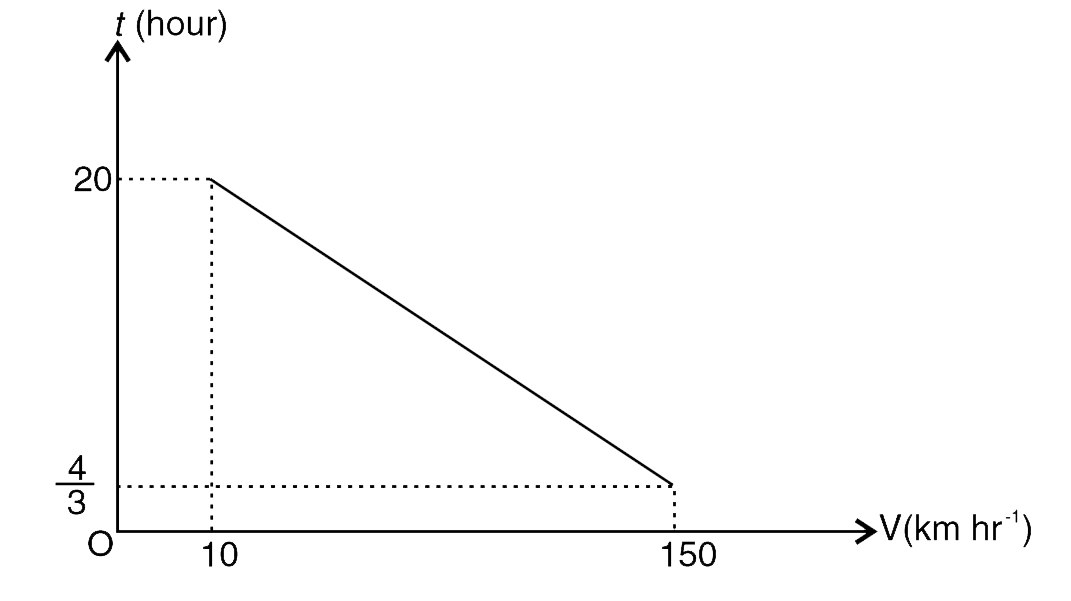
(a) Calculate the optimum speed V0 for this new model.
(b) If the fuel tank capacity of this car is 50 litre, what maximum mileage can be obtained from this car?02:36View SolutionA car manufacturer usually tells a optimum speed (V0) at which the car should be driven to get maximum mileage. In order to find the optimum speed for a new model, an engineer of the car company experimented a lot and finally plotted a graph between the extreme time t (defined as number of hours a tank full of petrol lasts) vs the constant speed V at which car was run.

(a) Calculate the optimum speed V0 for this new model.
(b) If the fuel tank capacity of this car is 50 litre, what maximum mileage can be obtained from this car?02:07View SolutionFour metal rods each of length L and cross sectional area A are joined at point M. Thermal conductivities of MA, MB and MD are equal and that of MC is thrice that of MA. The end points A, B, C and D are kept in large reservoirs. Heat folws into the junction from B at a rate of P(Js−1) and C from at a rate of 3P. Heat flows out of D at a rate of 5P.
(a) Find the relation between temperatures of points A, B and C.
(b) Find temperature of D if temperature of A and M and TA and TM respectively.
 02:23View Solution
02:23View SolutionAn ideal gas is inside a cylinder with a piston that can move freely. The walls of the cylinder and piston are non- conducting. The piston is being moved out of the cyl- inder at a constant speed u.
(a) Consider a gas molecule of mass m moving with speed v(>>u). It hits the piston elastically at an angle of incidence q. Calculate the loss in kinetic energy of the molecule.
(b) If the area of piston is A and pressure of the gas is P, calculate the rate of decreases of molecular kinetic energy of the gas sample.
(c) Ifu>> molecular velocities, at what rate will the gas lose its molecular kinetic energy
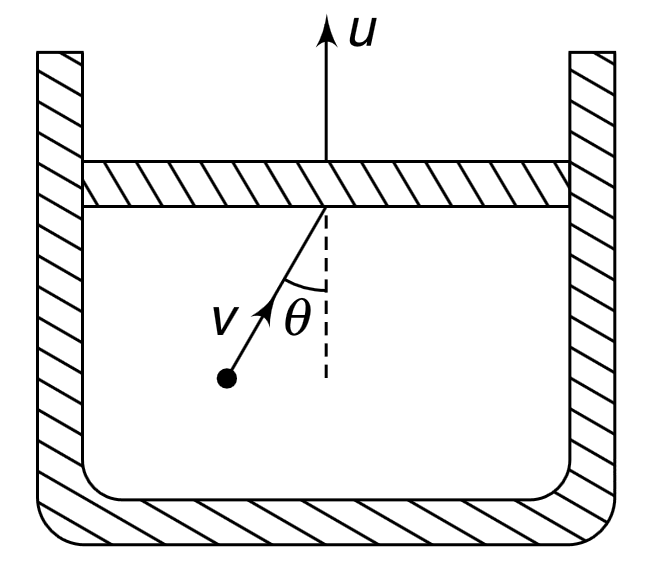 View Solution
View SolutionA car is moving along a circle with constant speed on an inclined plane as shown in diagram. Then friction force on car will be in horizontal direction at least at one point :
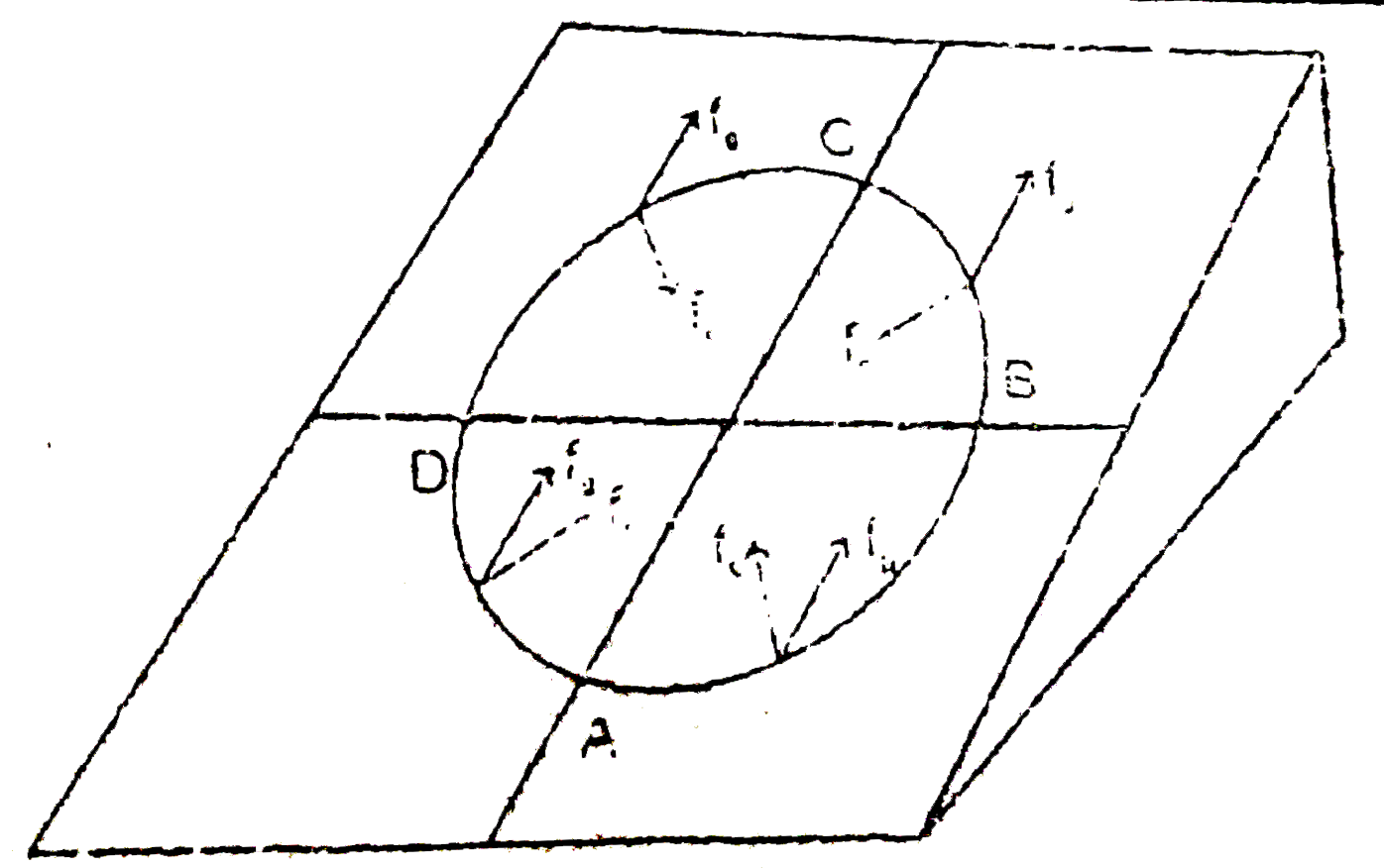 07:30View Solution
07:30View SolutionA railroad car is moving in the +x direction on a straight and level track A person in the railroad car throws a ball the ball follows trajectory shown relative to the railroad car from an inspection of the trajectory what can be concluded about the motion of railroad car ? Treaty axis along vertical
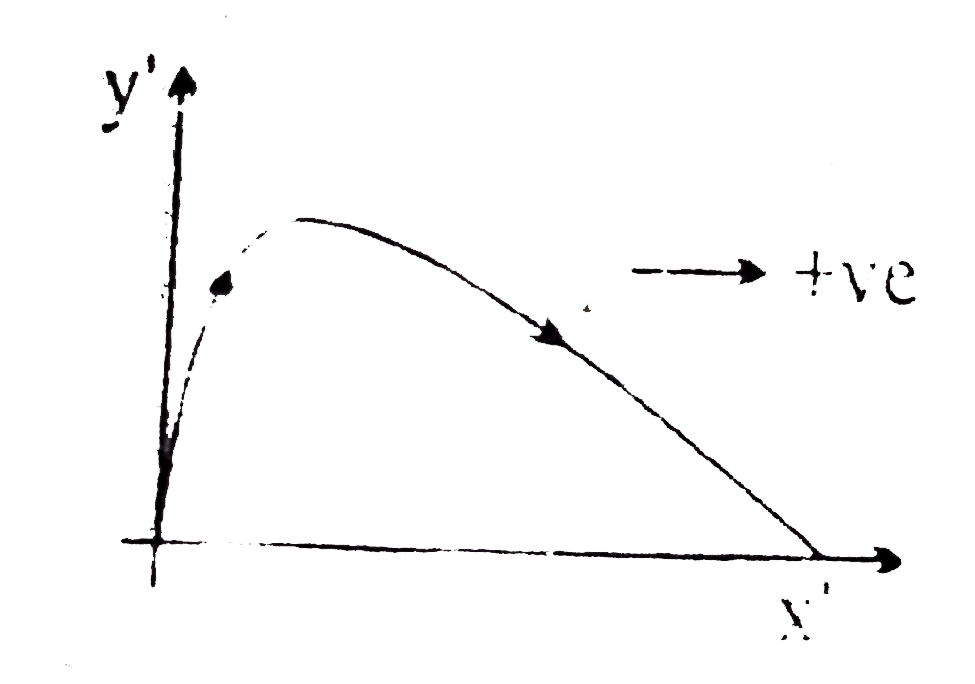 04:38View Solution
04:38View SolutionA car speeds up with constant magnitude of tangential acceleration in a circular path moving in anticlockwise direction which of the following figure represents acceleration of the car
03:27View SolutionA particle P is to be projected from a fixed point A on the ground with a fixed speed u . Another particle Q is also to be projected from a point B which is directly above the point A . The trajectory of the particle Q touches all possible trajectories (for different angle of projection) of the particle P in the vertical x-y plane. Find the equation of trajectory of the particle Q . (Take the point A as origin, horizontal axis x- axis and vertical axis y- axis Consider the figure.)
View SolutionA particle is projected from origin in xy-plane and its equation ,of trajectory is given by y=ax−bx2. The only acceleration ,in the motion is' f' which is constant and in −ve direction of, y-axis.
(a) Find the velocity of projection and the angle of projection.
(b) Point of projection is considered as origin and x-axis along the horizontal ground. Find the horizontal range: and maximum height of projectile. Projectile completes its flight in horizonal plane of projection.View SolutionThe ratio of the speed of a projectile at the point of projection to the speed at the top of its trajectory is x. The angle of projection with the horizontal is
View SolutionA car is moving along the circle x^(2)+y^(2)=a^(2) in the anti-clockwise direction with a constant speed. The x-y plane is a rough horizontal stationary surface. When the car is at the point ( a cos theta, a sin theta ), the unit vector in the direction of the friction force acting on the car is
04:23View SolutionA man in an open car moving with high speed, throws a ball his full capacity along the direction of the motion of the car . Now the same man throws the same ball when the car is not moving. In which case the ball possesses more kinetic energy in (a) ground frame (b) car frame.
03:28View SolutionA particle is projected from the ground . Point of projection is taken as origin, horizontal direction as X-axis and verticle upward direction ass Y-axis. Equation of trajectory of the partcle is y=alphax-betax^(2) . Horizontal range of the projectile is
03:03View SolutionA particle moves along the plane trajectory y(x) with constant speed 'v'. The trajectory has the form of a parabola y=ax2 where 'a' is a positive constant. Then the radius of curvature of the trajectory at the point x=0 is
01:12View Solutionकोई लड़का किसी गेंद को सड़क के अनुदिश क्षैतिज से 60∘ का कोण बनाते हुए 10 m/s वेग से फेंकता है। वहीं से गुजरती किसी कार में बैठा कोई लडका इस गेंद की गति का प्रेक्षण करता है। यदि कार की गति (5m/s) हो, तो कार में बैठे लड़के द्वारा प्रेक्षित गेंद की गति का आरेख खींचिए। अपने आरेख का स्पष्टीकरण कीजिए।
01:42View Solution

